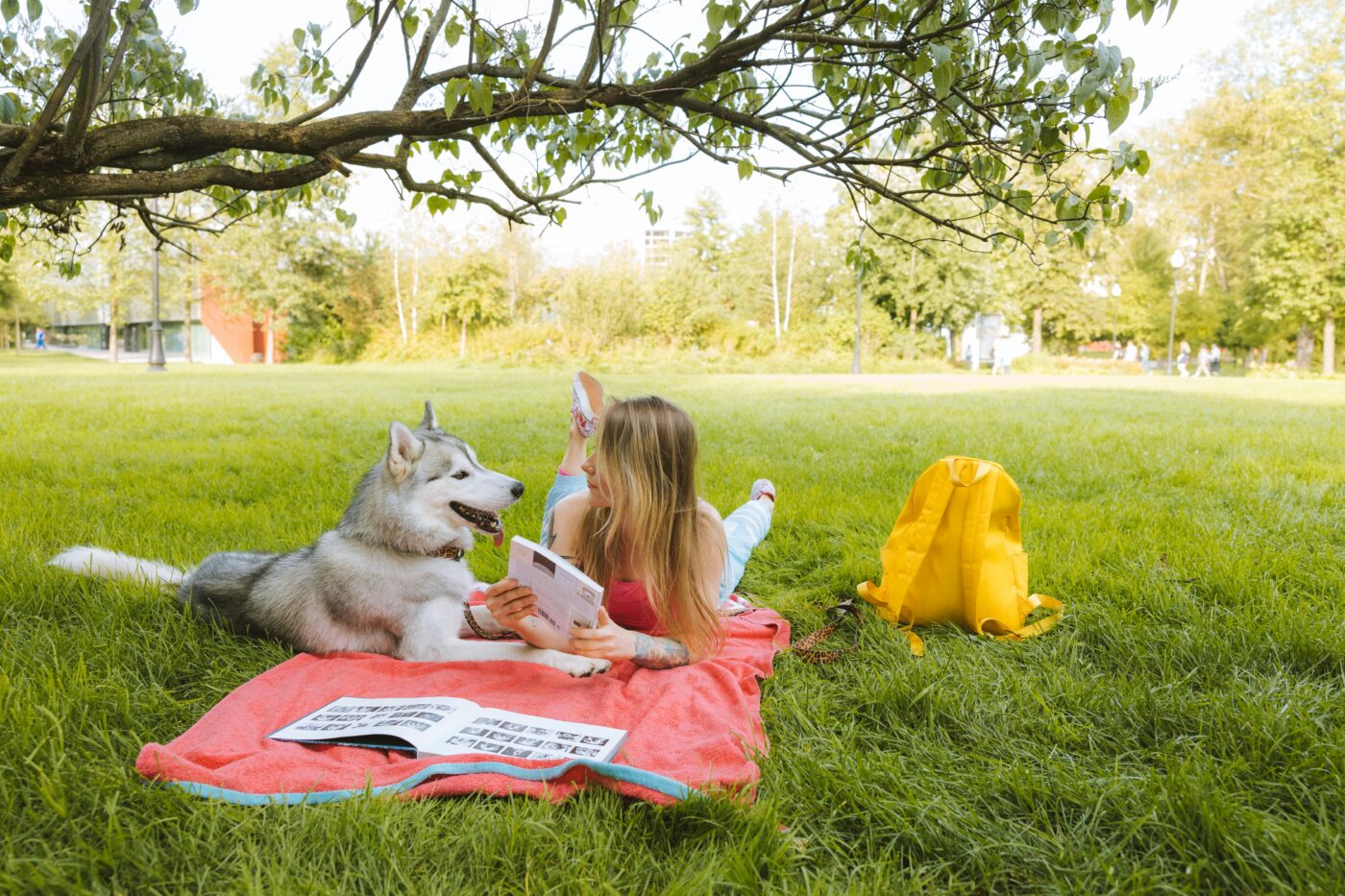 Shutterstock
Shutterstock
Many dog owners have seen their furry friends eagerly sniffing, rolling in, or even eating grass during walks or playtime. While this behavior may seem puzzling, it’s surprisingly common among dogs and can stem from various reasons. From instinctual behaviors to health-related needs, dogs’ obsession with grass can be attributed to their instincts, curiosity, and desire for comfort. Understanding these motivations can help dog owners appreciate their pets’ quirky habits and ensure their overall well-being, making for a happier and healthier canine companion.
Natural Instincts
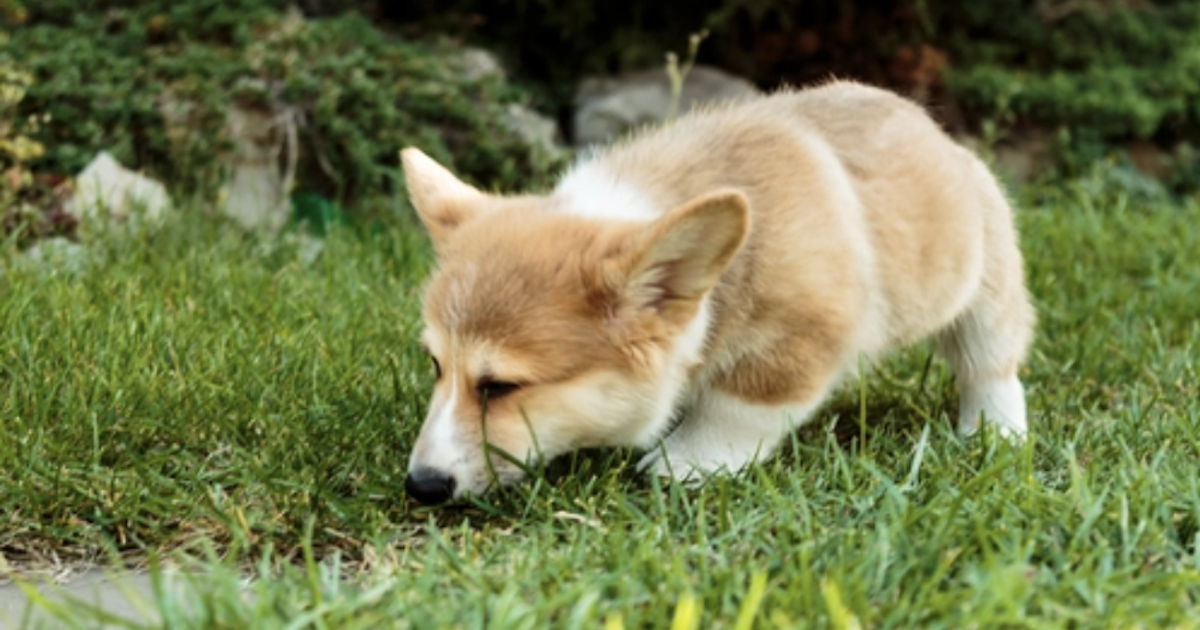 Shutterstock
Shutterstock
Dogs are descendants of wolves and other wild canines, which instinctively interact with their environment. In the wild, these animals would consume various plants and grasses as part of their diet, often for medicinal purposes or to aid digestion. This instinct can still be present in domesticated dogs, leading them to nibble on grass. They may instinctively seek out grass for its fibrous content, which can help with their digestion. By understanding this instinctual behavior, owners can appreciate why their dogs might feel drawn to grass.
Digestive Aid
 Shutterstock
Shutterstock
One of the more commonly cited reasons for dogs’ affinity for grass is its role as a digestive aid. Many dogs experience gastrointestinal discomfort, which can lead them to seek out grass in an attempt to relieve their symptoms. Eating grass may help induce vomiting, allowing dogs to expel anything in their stomachs that is causing discomfort. Although this might seem alarming to owners, it’s a natural behavior for many dogs and can sometimes be their way of self-medicating. Observing this behavior can provide insight into a dog’s digestive health and may prompt owners to consult a veterinarian if it becomes excessive.
Nutritional Needs
 Shutterstock
Shutterstock
Another reason dogs may be drawn to grass is their potential nutritional needs. Grass can contain various nutrients and minerals that dogs may lack in their regular diet. For example, some dogs may seek out grass because they are deficient in fiber, leading them to nibble on plants to meet their dietary requirements. This instinct can be particularly evident in dogs that are fed primarily commercial kibble, which might not always provide the full spectrum of nutrients. Observing your dog’s grass-eating habits may prompt an evaluation of their diet and ensure they receive the necessary nutrition for optimal health.
Boredom and Playfulness
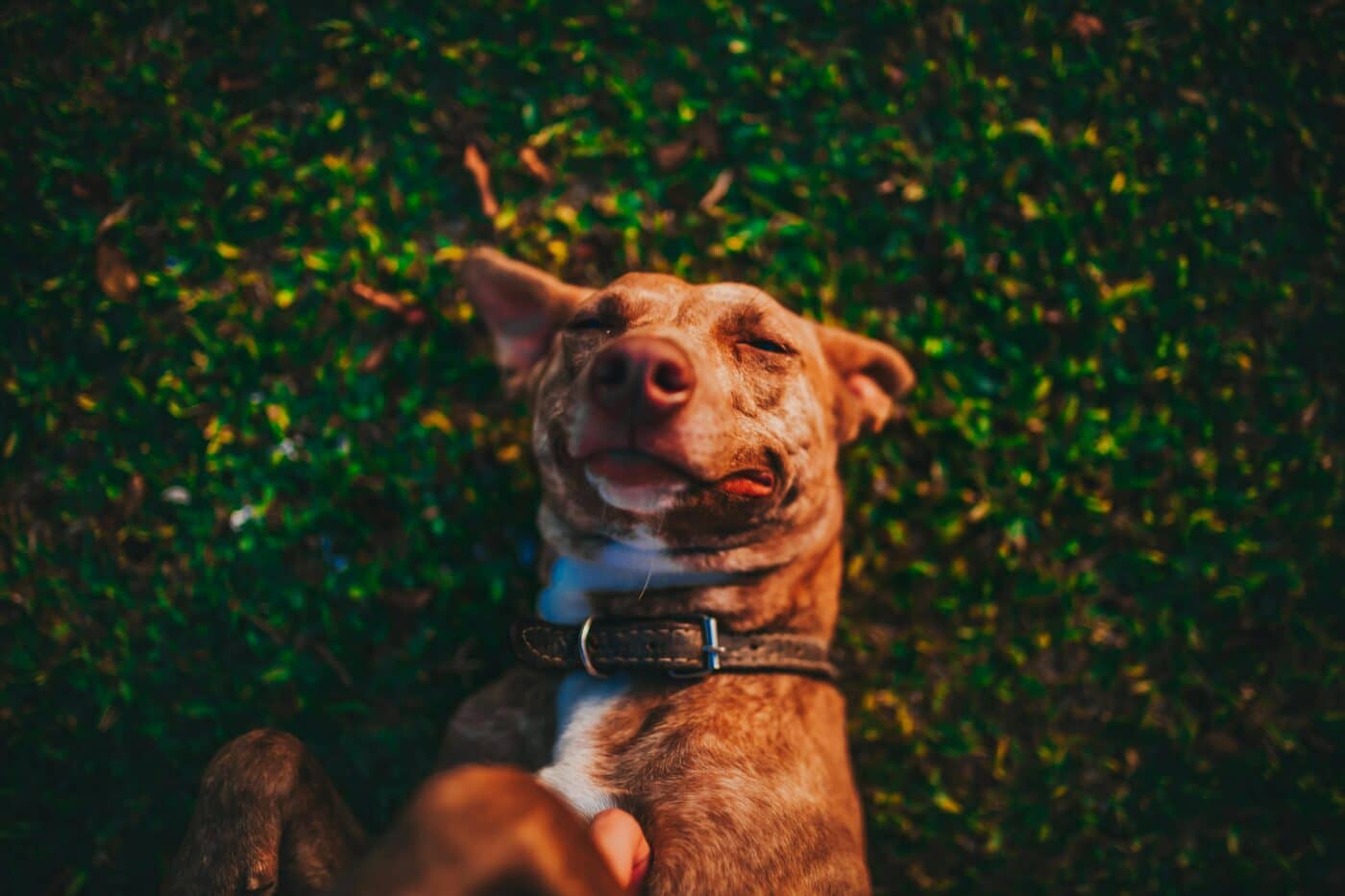 Shutterstock
Shutterstock
Sometimes, dogs are simply bored or looking for something to entertain themselves. Grass provides an engaging texture and scent that can stimulate a dog’s senses, offering a form of mental enrichment. Dogs, particularly those highly energetic or intelligent, may seek out grass to break the monotony of their routine. Digging, rolling, and running through grass can serve as an outlet for their playful energy. Providing ample exercise and interactive play can help reduce this grass obsession by offering alternative outlets for their energy and curiosity.
Scent Exploration
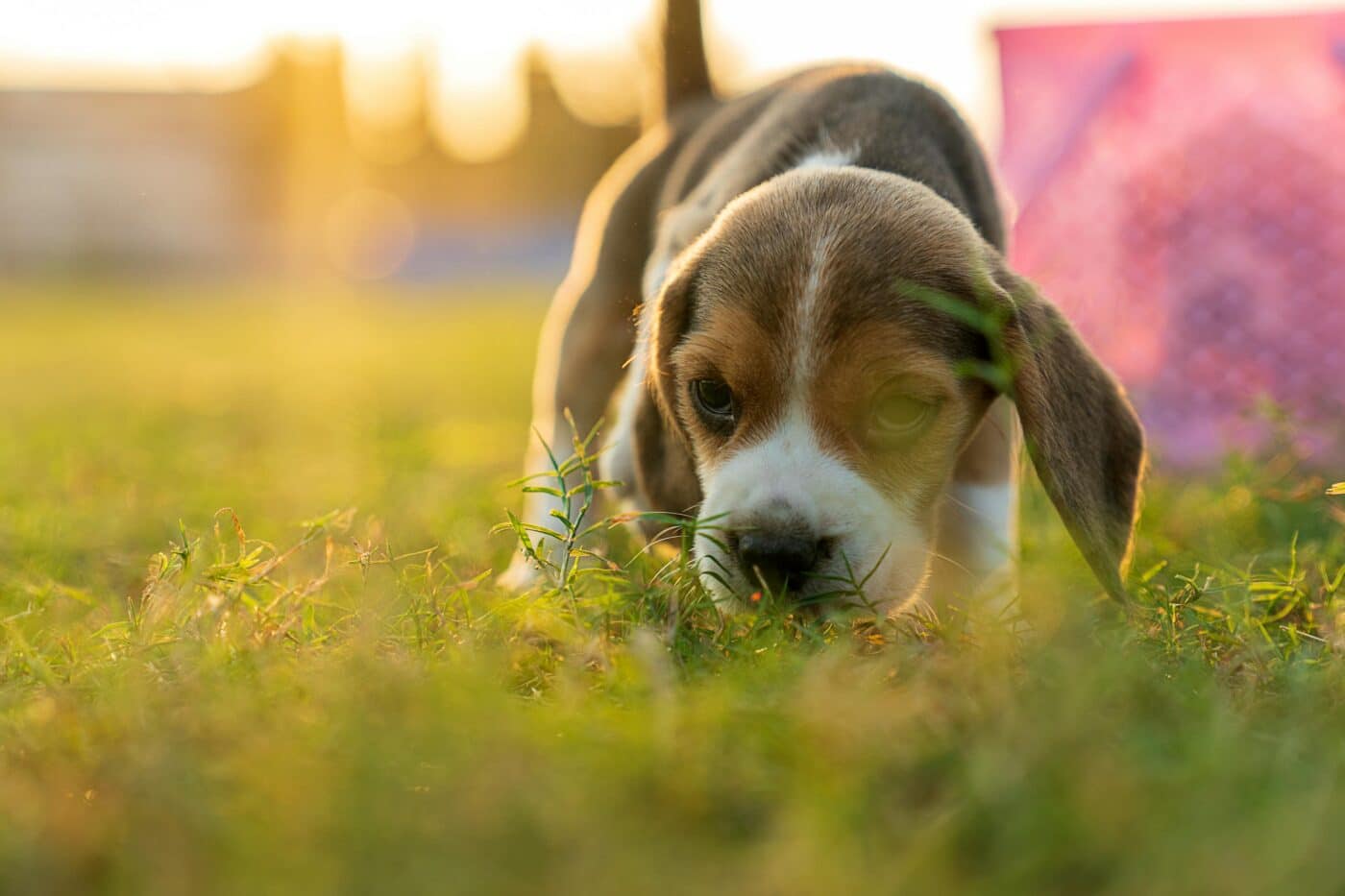 Shutterstock
Shutterstock
Dogs have an extraordinary sense of smell, which is about 10,000 to 100,000 times more acute than that of humans. Grass can be a treasure trove of scents, offering a variety of olfactory experiences for your pup. When dogs sniff or roll in grass, they often engage in scent exploration, taking in the various odors from other animals, plants, and the environment. This behavior allows them to gather information about their surroundings, making grass an appealing sensory playground. Understanding this aspect of their behavior can help owners appreciate why their dogs might seem so fascinated by grassy areas.
Social Behavior
 Shutterstock
Shutterstock
Dogs are social animals, and their interactions with other dogs can influence their behavior, including their obsession with grass. If a dog observes another dog eating or rolling in the grass, they may mimic that behavior out of curiosity or a desire to fit in. Social behaviors are an essential part of canine communication and play. This mimicry can lead to a group of dogs engaging in grass-related antics, further reinforcing the behavior. Recognizing the social aspect of this habit can provide insights into your dog’s interactions with other canines and their playful nature.
Comfort and Security
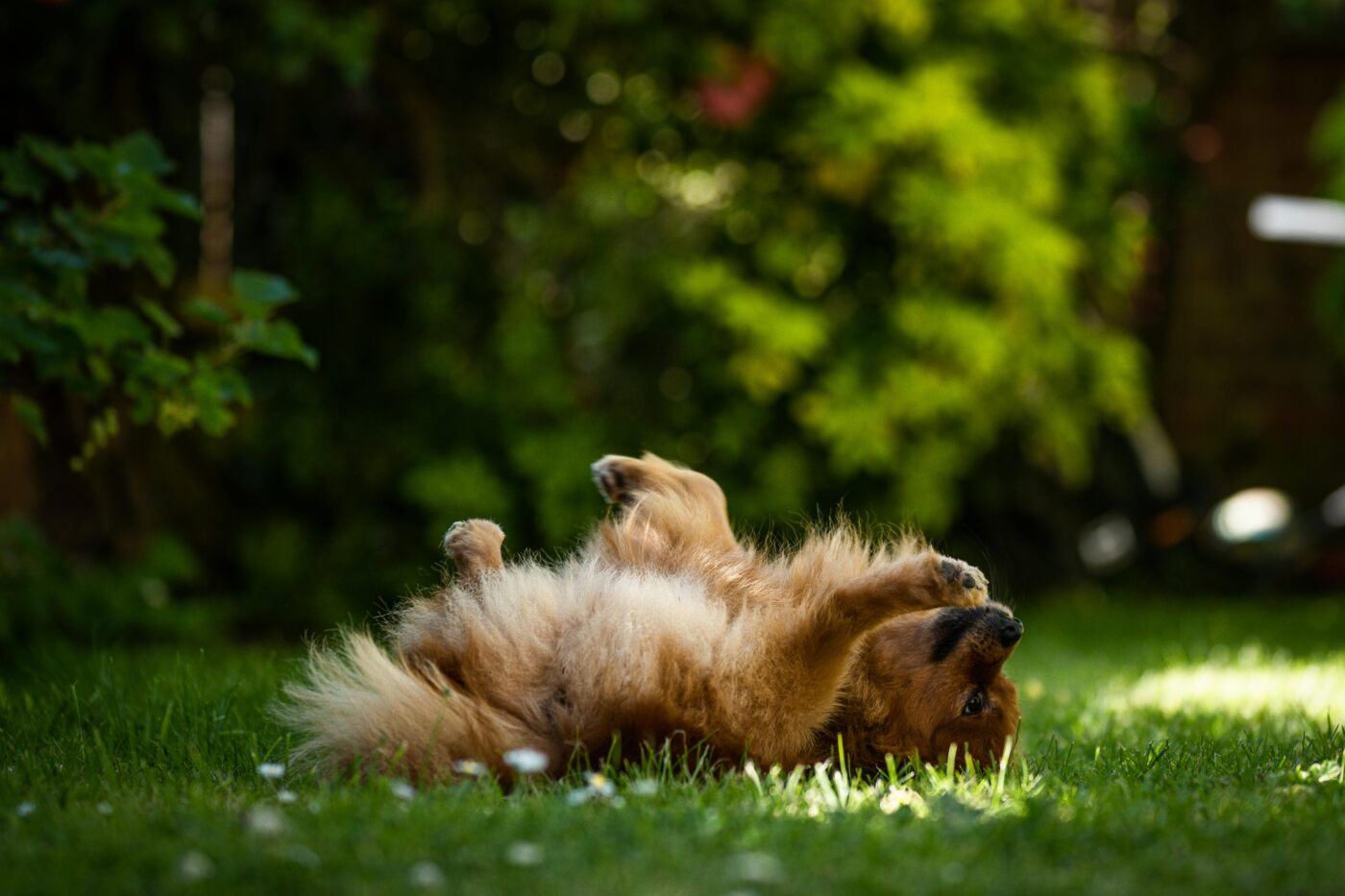 Shutterstock
Shutterstock
For many dogs, rolling in grass can provide a sense of comfort and security. The texture of the grass may feel soothing against their fur, offering a calming experience. This behavior can be particularly pronounced in anxious or stressed dogs who seek comfort in familiar environments. Rolling in grass can act as a form of self-soothing, allowing them to relax and feel more secure. Owners should pay attention to their dog’s emotional state and consider providing them with a safe, grassy area to engage in this comforting behavior.
Health Benefits
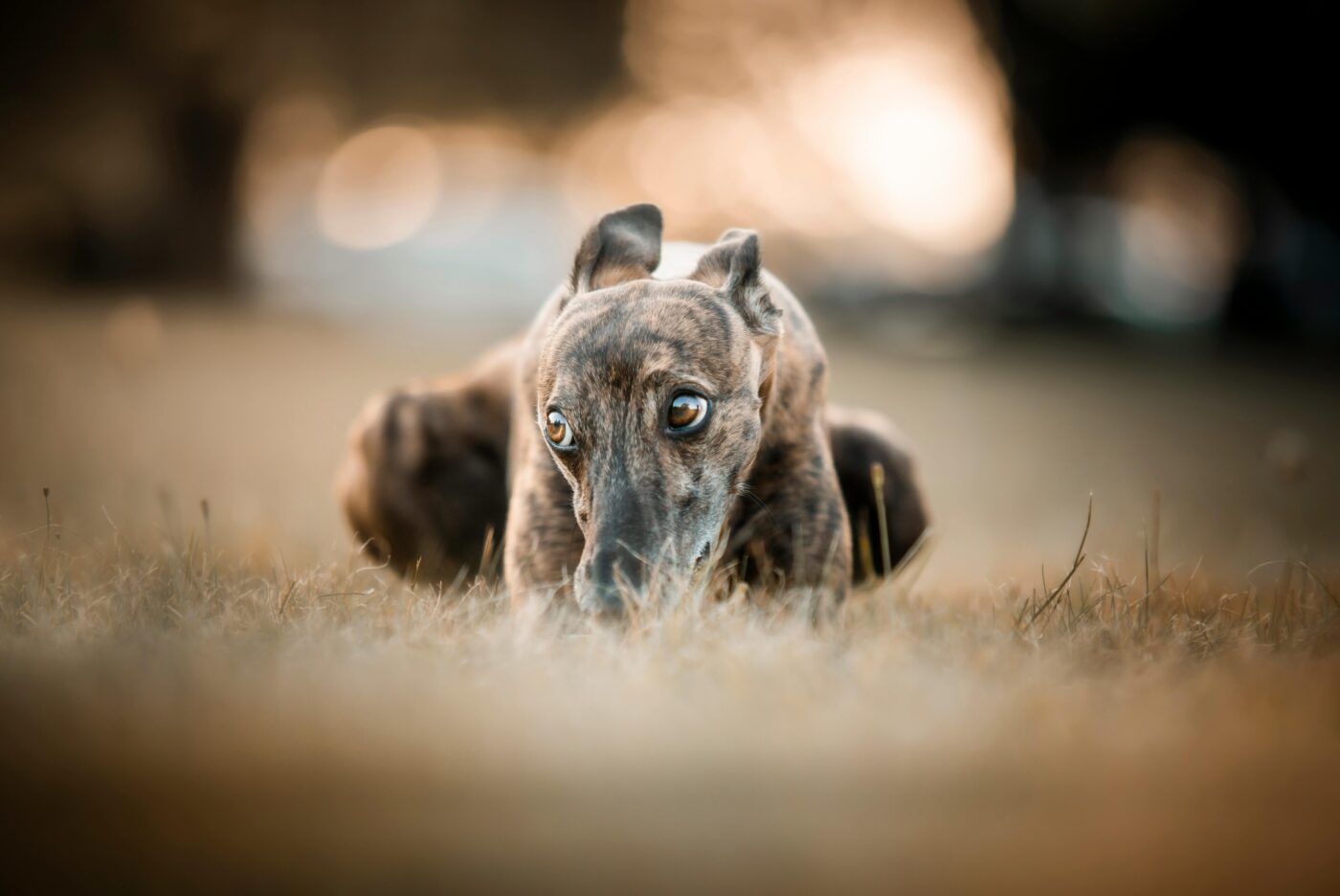
Engaging with grass can also have some health benefits for dogs. The act of rolling and playing in grass can serve as a form of physical exercise, helping them burn off excess energy. Additionally, grass can provide a natural source of fiber, aiding in digestion and overall gut health. This physical activity is essential for maintaining a healthy weight and preventing obesity-related issues. By allowing dogs to explore grassy areas, owners can promote healthy habits while also providing an enjoyable and stimulating environment for their pets.
Temperature Regulation
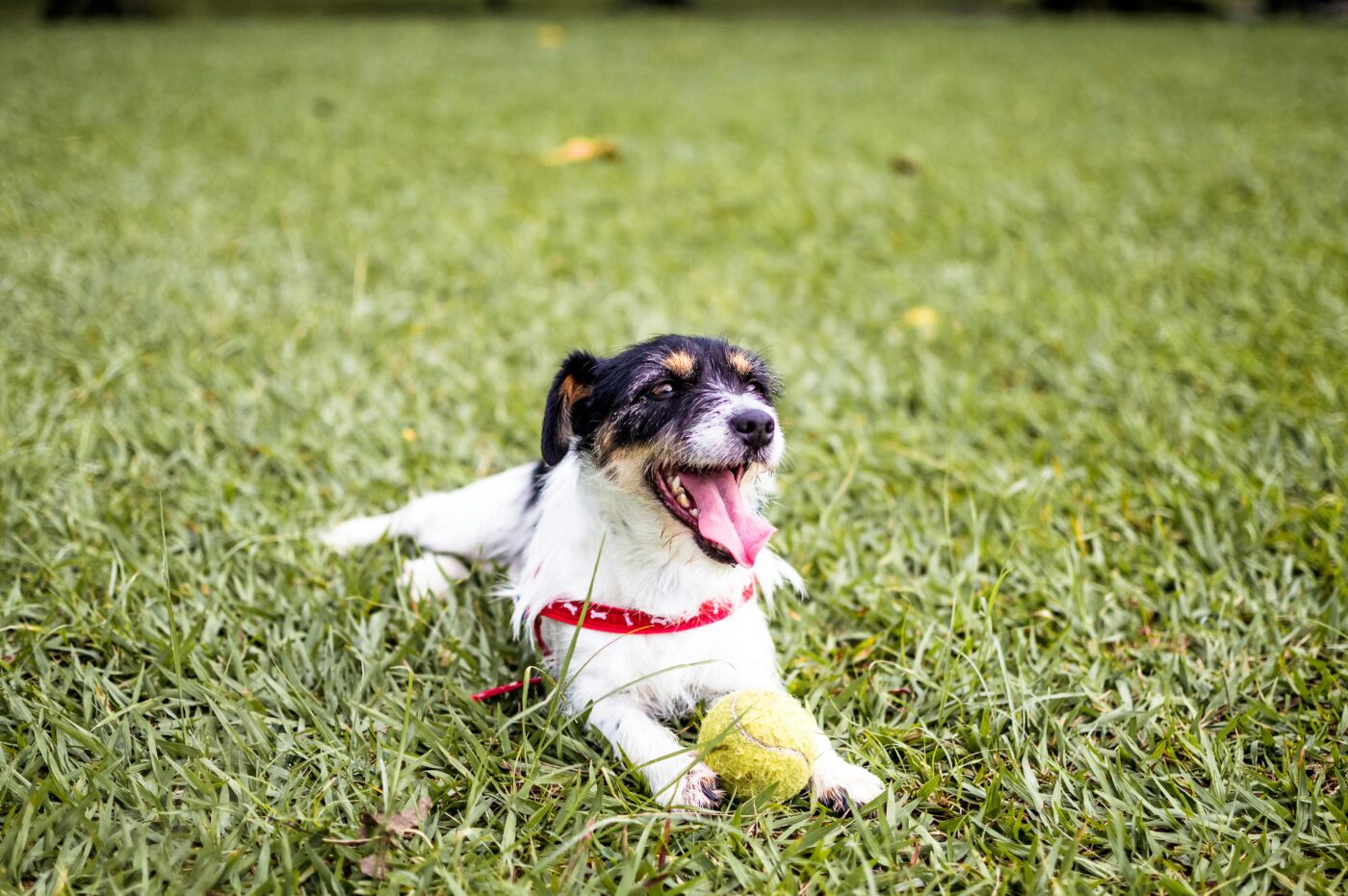 Shutterstock
Shutterstock
During warmer months, dogs may seek out grass as a way to regulate their body temperature. The cooler ground can relieve the heat, making it a comfortable place for them to lie down and cool off. This instinctual behavior is particularly common in breeds that are prone to overheating or those with thicker coats. By lying on or rolling in the grass, dogs can enjoy a respite from the heat while also staying close to their human companions. Observing this behavior can help owners understand their dog’s needs, especially during hot weather.
Grass as a Playground
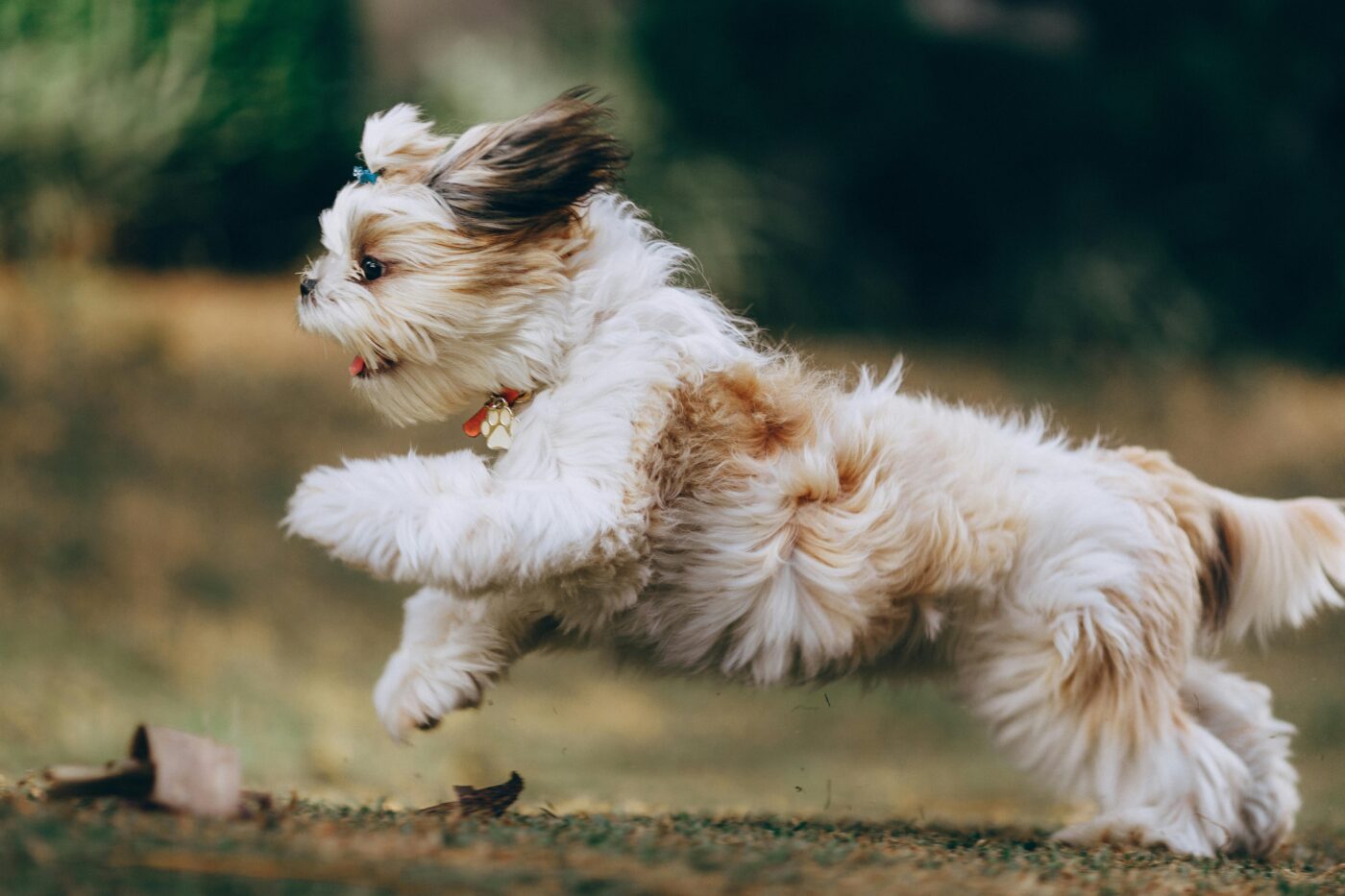 Shutterstock
Shutterstock
Finally, grass offers a natural playground for dogs. The texture and softness of grass provide an ideal surface for running, rolling, and playing. Many dogs enjoy the freedom of sprinting through open grassy spaces, stretching their legs, and engaging in play. Grass can also be a safe area for dogs to explore their surroundings and interact with other animals. This playful interaction with grass fulfills their need for exercise and enhances their overall happiness and well-being.
The “Grass-Rooted” Life
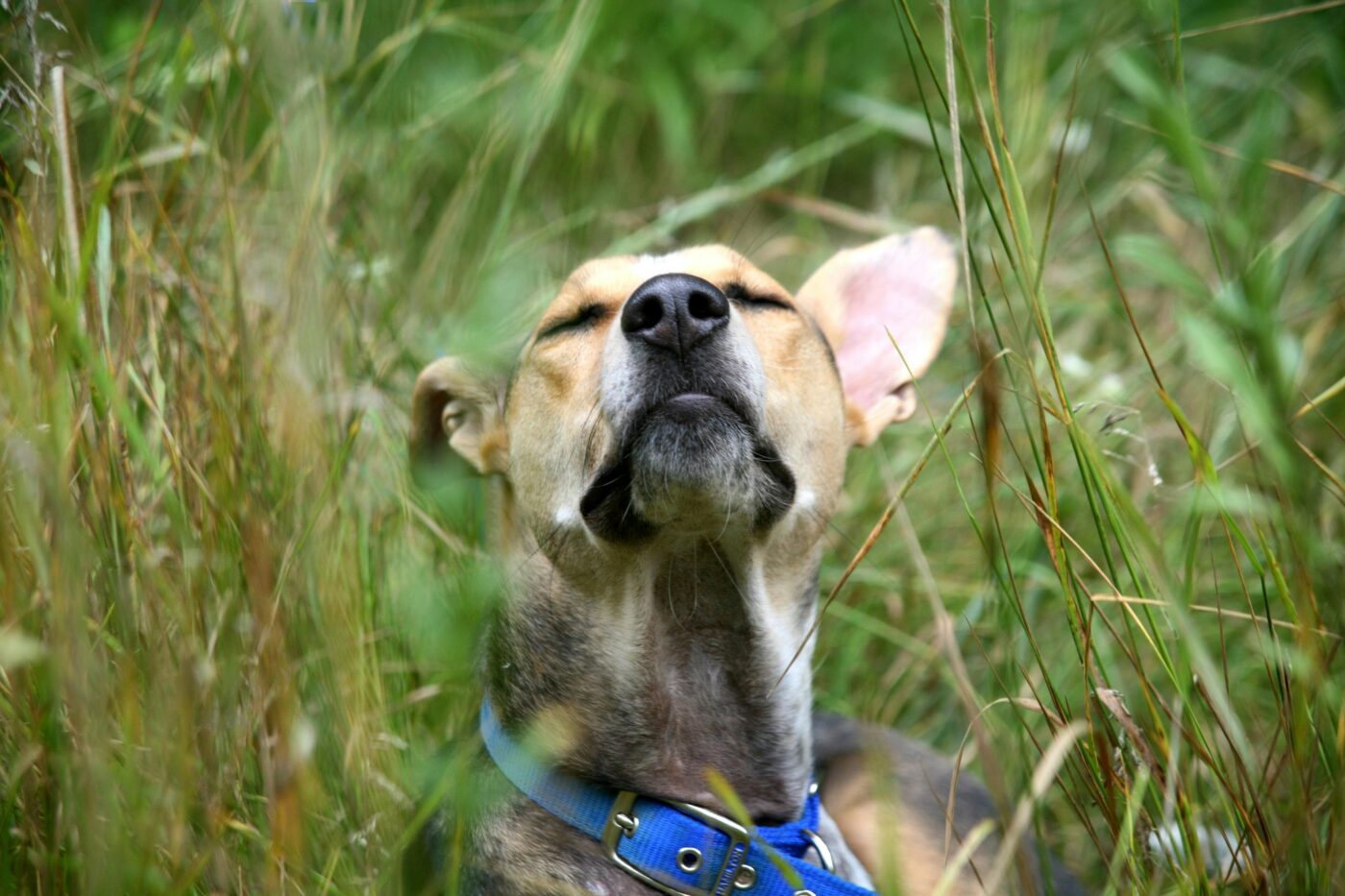 Shutterstock
Shutterstock
Dogs’ obsession with grass can be explained by various factors, including instinctual habits, health needs, and sheer curiosity. Understanding these reasons helps owners appreciate their dogs’ quirky behaviors while ensuring their well-being. Whether seeking comfort, meeting nutritional needs, or simply enjoying exploration, grass holds a special allure for our canine companions. So, the next time you see your dog diving into a patch of grass, remember they might be fulfilling their inner explorer or looking for relief. After all, who wouldn’t want to roll in the inviting green stuff?
 Toledo, United States.
Toledo, United States.
